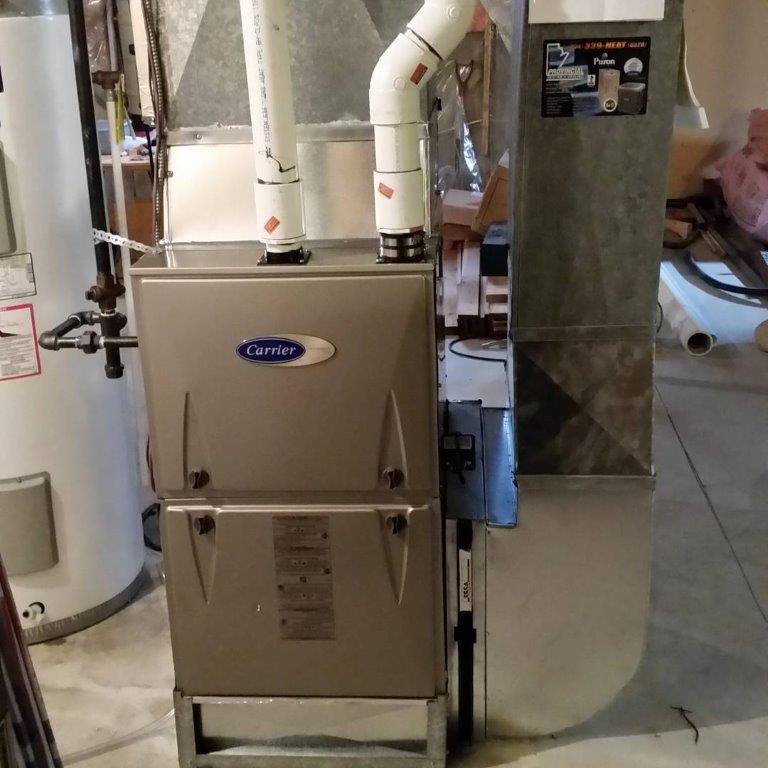
It’s a bit odd to talk about trends in the furnace world; unlike a remodel of your kitchen or the latest fashion catalogue, the colours and patterns of your furnace aren’t particularly relevant. That said, what’s trendy right now in the world of HVAC is eco-friendly design; everyone is trying to reduce their carbon footprint, and that means making more efficient heating and cooling systems. One way designers have endeavoured to do this is by changing the way heat is created in our furnaces. Way back in the day, we burned wood; subsequently, we burned natural gas. Nowadays, we’re using electricity.
Gas and wood-burning furnaces can be understood pretty intuitively; we know that burning things creates heat, so we just need to create a system that can vent the hot air throughout the home using fans and air ducts – quite straightforward. The principle behind an electric furnace is a little different. We’re not using a chemical reaction in order to create heat, like we would when burning fuel; instead, we’re using a property found in almost any circuit; resistance.
Resistance is a property of an object; it’s a measurement of how strongly the object impedes the flow of electricity. A useful analogy for resistance is water flowing through a pipe; if the pipe is very thin, it will be under more pressure than a more spacious pipe with the same amount of water flowing through it. The same properties hold true for electrical resistance; thin wires have more resistance than thick wires, because there’s less space for the current to occupy. When a current runs through an object with high resistance, electrons collide more frequently, creating heat. You’ve probably encountered this concept in your day to day life without even knowing it; incandescent light bulbs use the heat from electrical resistance in order to get their filaments so hot they start emitting light!
As you might have figured out by now, the electric furnace operates on the same principles. Electricity is sent through tightly wound metal coils; the hotter you want your home to be, the more volts of electricity are sent through. Air is then quickly passed over the coils, heating it; it is then sent through the ventilation system of your home in order to keep you nice and toasty. In order to do this, the coils must be heated to extraordinarily high temperatures; the metals chosen to make the coils must thus be extremely heat resistant.
Electric furnaces aren’t for everyone; it tends to be more expensive to heat your home with an electric furnace than with a gas furnace. We are a Carrier Factory Authorized Dealer, so we have the highest quality gas and electric furnaces, as well as heat pumps, air conditioners, and other HVAC equipment. Get in touch with us if you want to find the greenest, most cost-effective heating and cooling solutions for your home!

